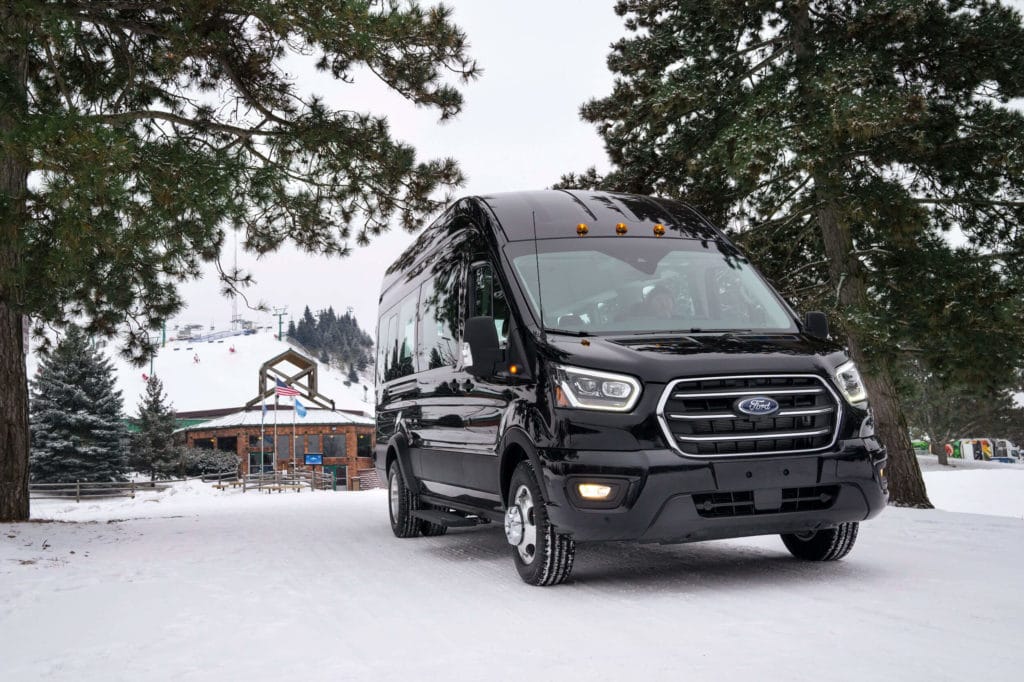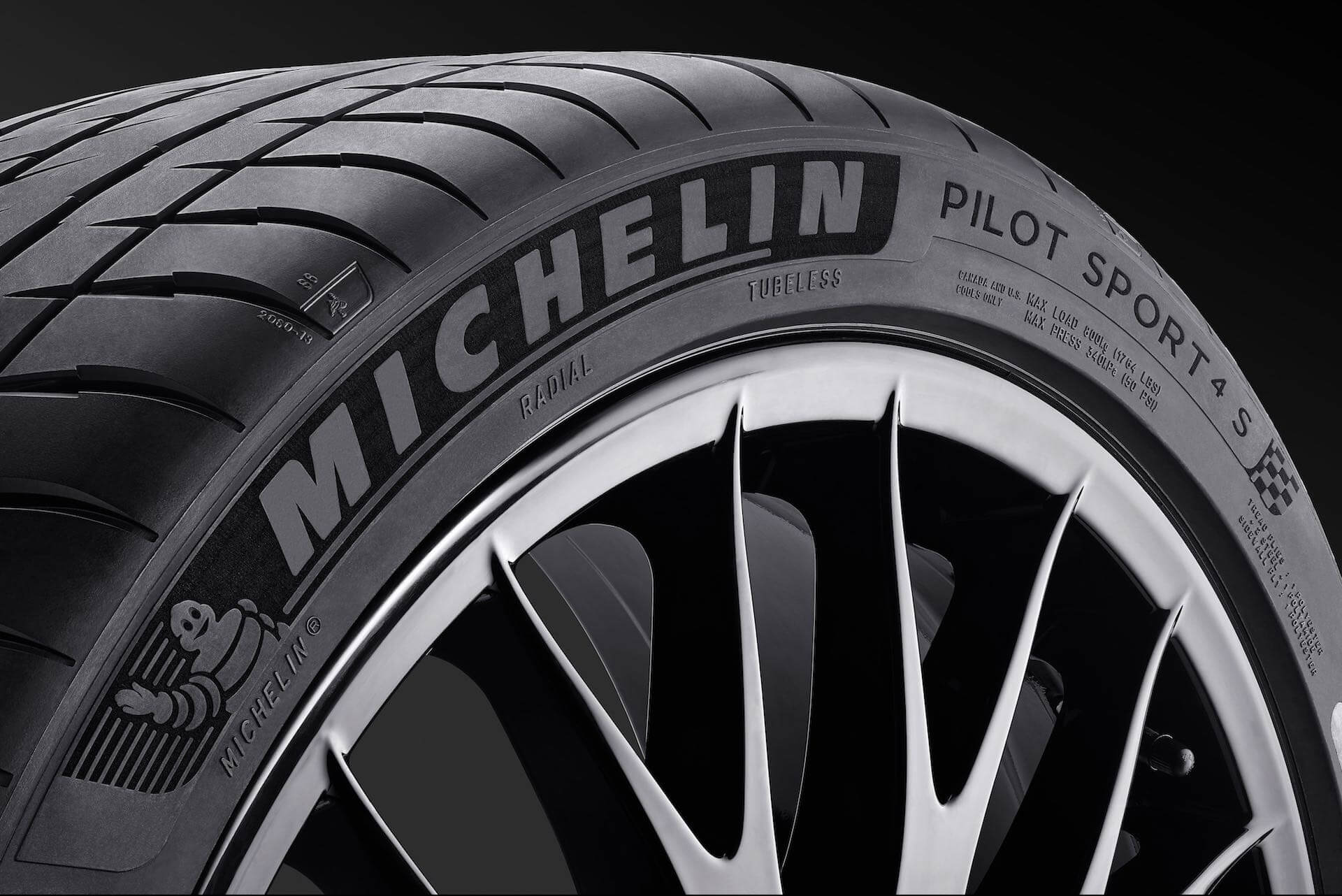Driving in icy or snowy conditions can be extremely dangerous and requires extra precautions to ensure that your trip is as safe as possible. When the roads are icy you need to keep your van speed right down and drive at the appropriate speed for the road conditions. Leave plenty of extra time for your journey and be aware that if you do get caught out in heavy snow, you could be stranded on your own for hours (or longer) before any rescue services are able to get to you. To help you prepare as best as you can we have put together some useful tips, that should hopefully keep you safer on the roads this winter.
- Visibility is extremely important so check all your lights are working properly and replace any worn bulbs. It’s a good idea to carry a set of spares which can be purchase as a kit containing all the bulbs you need for your van in one handy container.
- Windscreen wipers need to be in good working order, when necessary replace the wiper blades if they are worn and ensure that the water jets are not clogged. The windscreen reservoir bottle needs to be topped up with a mixture of water and wash/antifreeze to prevent it from freezing when the temperature drops. If you have an all season windscreen wash it will freeze at -5 degrees, where a quality winter wash/antifreeze will give you protection down to -30 degrees.
- As a final measure for ensuring that your van windows are kept clean it’s a good idea to carry a scraper and can of deicer, to ensure that your windscreen visibility has no restrictions. Also be aware that it’s not just your windows that need to be clear, if you drive your van with a roof full of snow the Police can pull you over for breaking rule 229 of the Highway Code, which carries a £60 penalty and 3 points on your license.
- Your vans engines cooling system also contains water and needs to have a mixture of 50/50 water and antifreeze in the winter to protect the engine. Failure to protect the cooling fluid from freezing can result in both the engine block cracking and the radiator breaking, as water tends to expands when it freezes, which can result in a hefty bill.
- Ensure that both the windscreen defroster and heater are both working properly as your heater will be essential for keeping you warm should you get stranded in the snow.
- One of the biggest causes of breakdown callouts is a flat battery, if your battery no longer holds a charge it’s a good idea to replace it before the bad weather comes as batteries generally become less efficient in cold weather.
- Having the minimum tire tread may be acceptable in good conditions but a 1.6mm tire tread will be completely useless in snowy conditions. A snow tire will have a much higher tread depth than standard tires ranging between 11-14mm in depth, so if you don’t have snow tires on your van make sure you at least have a reasonable tread left.
- Make sure that the van is in sound working order and if a service is required ensure that it’s carried out before embarking on a long journey, so that any problems can be fixed. If the van does have a service make sure that the mechanic checks all the hoses and belt for signs of wear and tear.
- It’s generally a good idea to keep your fuel tank topped when driving through remote areas or on the motorway. The harsh conditions are likely to increase your journey time and if the worst should happen and you get stranded, at least you have plenty of fuel to keep you warm until help comes or the roads are cleared.
- Remember that in icy conditions your vans breaking distance can be up to 10 times greater, so ensure that you keep ample distance between your van and the one in front.
- If the roads are icy and your van starts to skid don’t slam your foot on the break, instead try to turn the wheel to steer into the direction of the skid until the tires find grip and the van straightens out. An example of this is if your van is skidding to the right, smoothly turn the wheel to the right until the van gains control and then gently accelerate to gain control out of the skid.
- It’s a good idea to keep a winter survival kit for travelling in snowy weather, the kit should include:
- First Aid kit
- Snow shovel
- Blankets
- Warm Clothing
- Water and Food (ideally high energy food)
- Cell Phone and Charger
- A Torch (Wind up torches can be quite useful as they don’t require batteries)
- High visibility vest and triangle
Should the worst happen any you get stranded:
- If it’s safe to do so stay in your van and don’t go wondering off, the van will protect you from the weather and it will be easier to find. When everything is covered in snow it’s very easy to get lost or disorientated and with heavy snow and freezing temperatures staying in your van is the best option.
- If you have kept the engine topped up then you should have plenty of fuel to keep you warm. Run the engine for 10 minutes every half hour to keep the engine and passengers warm, but don’t run it permanently as you will use up all your fuel. When the engine is running keep the window slightly open to prevent carbon monoxide poisoning.
- If the van is stationery make sure that you check the exhaust pipe before turning on the engine as a blocked pipe will fill the car up with deadly carbon monoxide. It’s important to note that carbon monoxide fumes are odourless and colourless, so you will have no warning if you are breathing them.
Hopefully these tips will help to ensure that if you have to make a trip this winter in bad weather at least you have prepared as best you can, leave plenty of time for the journey and keep your speed down. The best advice of all is that if you don’t have to make the trip don’t, wait until the conditions improve.


